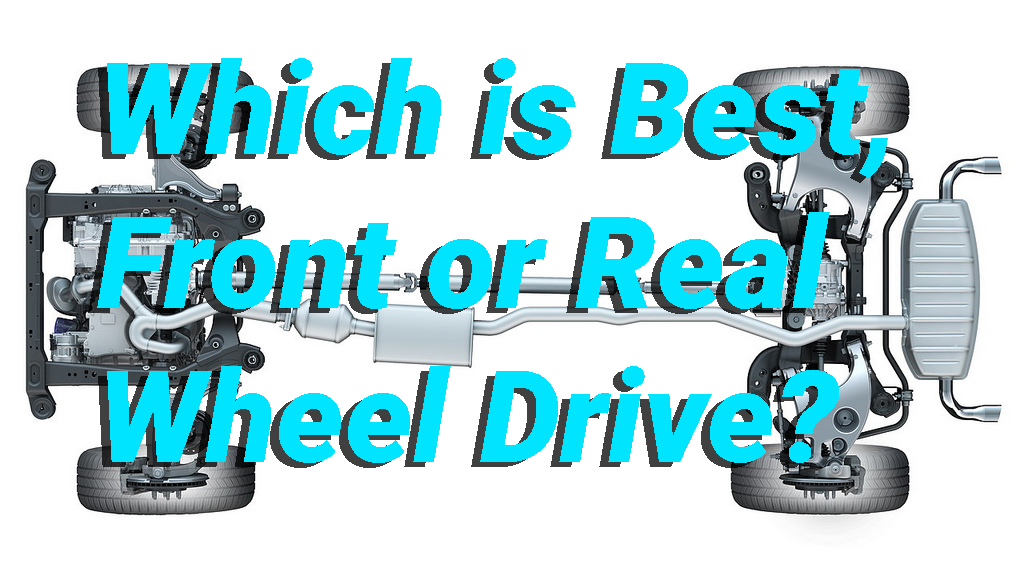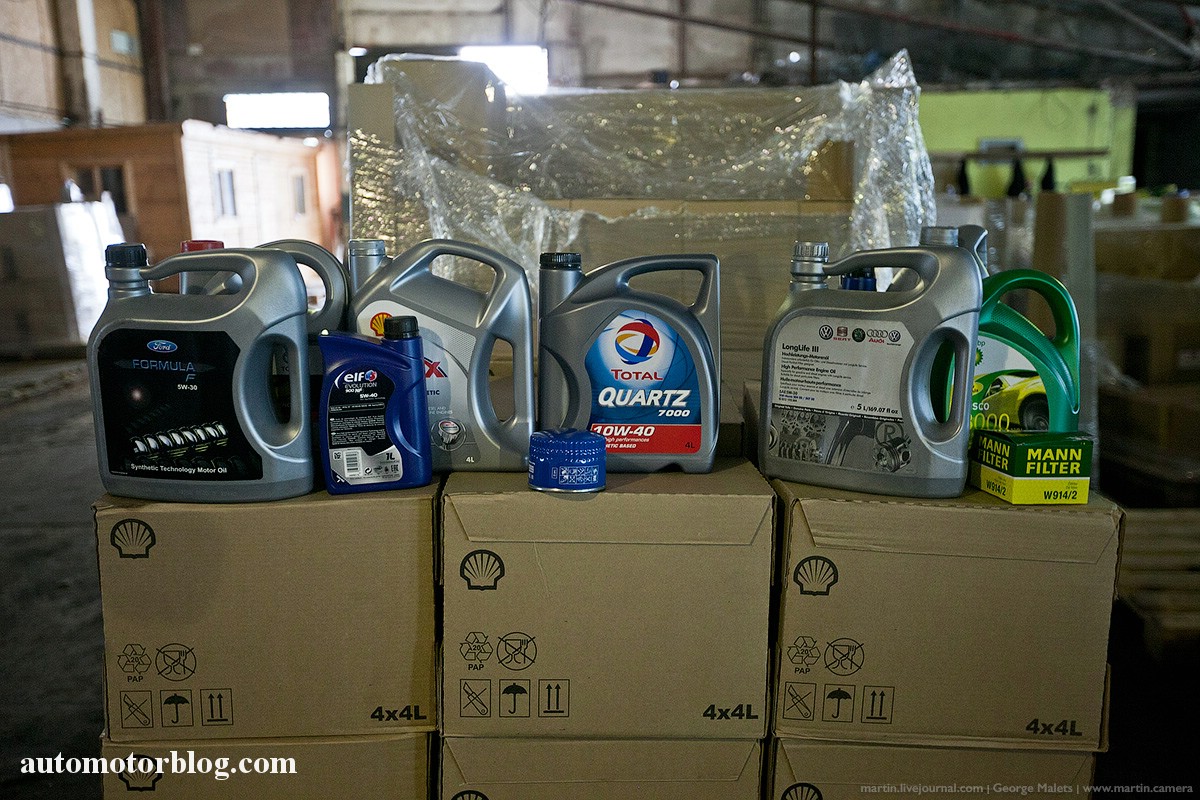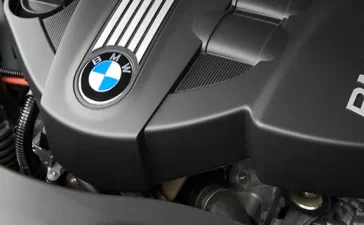Introduction
It must be said that the number of Rear Wheel Drive cars on the market today is dwarfed by the number of Front Wheel drive models. One of the reasons for this is that FWD cars are cheaper to build. Plus you can cram more into the available space because there is no drive train and the engine is transversally mounted.
Saying that RWD cars have some advantages, so for some buyers, these are a must-have. But what is the real difference, and which is best?
As you would expect, it really depends on what you want to do with your motor and what sort of climate you live in.
You also have to bear in mind that there are alternatives, Full all-wheel drive (AWD) cars coming on the market in increasing numbers. Then you have to consider that things like traction control and that fitting the right tyres for the job are just as important as the drive type.
It is also important to consider other matters like the wear and tear on the tyres and fuel consumption into account, such things having a major impact on running costs.
Let’s deal with Front Wheel Drive first

As mentioned above, the huge majority of cars use FWD. Besides the cost and space advantages, FWD cars offer better traction when climbing hills and in wet and icy conditions. This is because the weight of the engine is over the drive wheels.
Overall though. FWD cars are not as ‘sporty’ as RWD drive cars, but do offer a better balance for everyday driving.
Rear Wheel Drive Cars
Because the engine is driving the rear wheels, it is possible for the designers to optimise the front and rear suspensions to do what they have to, which is to steer the car and drive it forwards. Besides this advantage, the car’s weight can be more evenly distributed, which also increases the vehicle’s handling characteristics.
However, there is a disadvantage to RWD, as, as the engine is not over the drive wheels, they have less traction in wet or slippery conditions. RWD does have an advantage when towing, though, as the weight of the caravan pressing down on the back of the car causes the rear wheels to gain traction, quite the opposite to FWD, where the front wheels suffer from a reduction in traction.
All Wheel Drive Cars
Before making the final decision, though, you should consider the advantages (and disadvantages) of AWD vehicles.
As the name suggests, power is delivered to all four wheels, making the vehicle much more stable and able to cope with slippery conditions like mud, snow and ice. One of the reasons for this is that the onboard systems can detect any slippage on an axle. When this happens, the system automatically switches power to the other wheels to balance the forward motion. This makes them a much better towing platform than either an FWD or RWD car, but there are always drawbacks, like tyre wear, running costs and the overall size and weight of the car.
And if you do decide to go for an AWD model, then do remember that not all systems are the same. Some models deliver most of the power to the front wheels, others to the back. Electric drive motors are also used to make any switch faster and more efficient.
Then There is Four Wheel Drive
Whilst AWD and 4*4 are often used interchangeably, there is a difference. In most instances, 4WD cars are built for severe off-roading, driving over any low traction surface, over surfaces like boulders, fording deep water or tackling steep hills. In order to achieve this, a heavy-duty gearbox with a high and low gear range is used, thus allowing a high level of traction to be delivered.
Some are also fitted with differentials that can be locked for maximum traction.
You can choose between power systems that are always engaged, driving all four wheels all the time, automatic where the onboard systems switch between two and four-wheel drive or part-time where the driver has to switch between two or four-wheel drive manually, some vehicles driving the front pair and others the rear pair when in two-wheel drive mode.
If you have found this article interesting then you must come and visit one of the latest car museums in the UK. Based in Derbyshire in the UK, The Great British Car Journey classic car museum – https://www.greatbritishcarjourney.com/ – offers you the chance to see the history of British Car manufacturing and has over 100 cars on display. There is also the chance to drive many cars, these dating right back to an early Austin 7.












